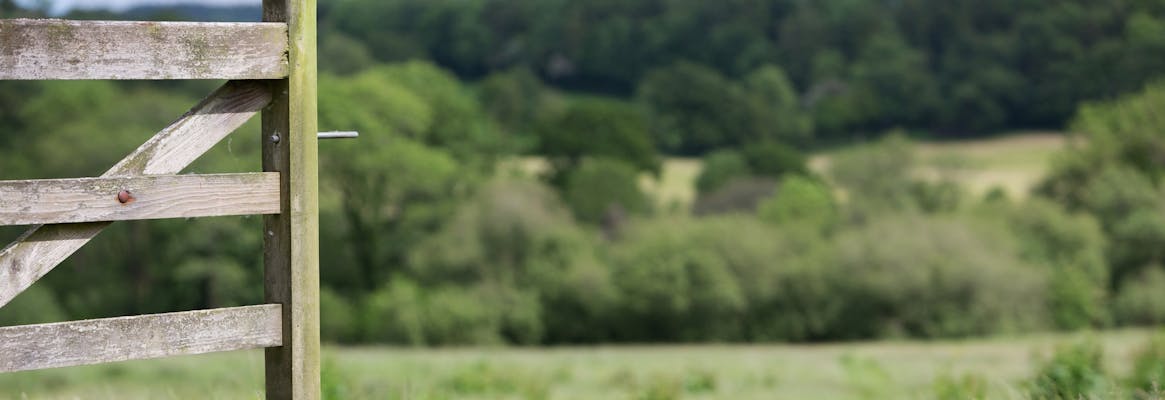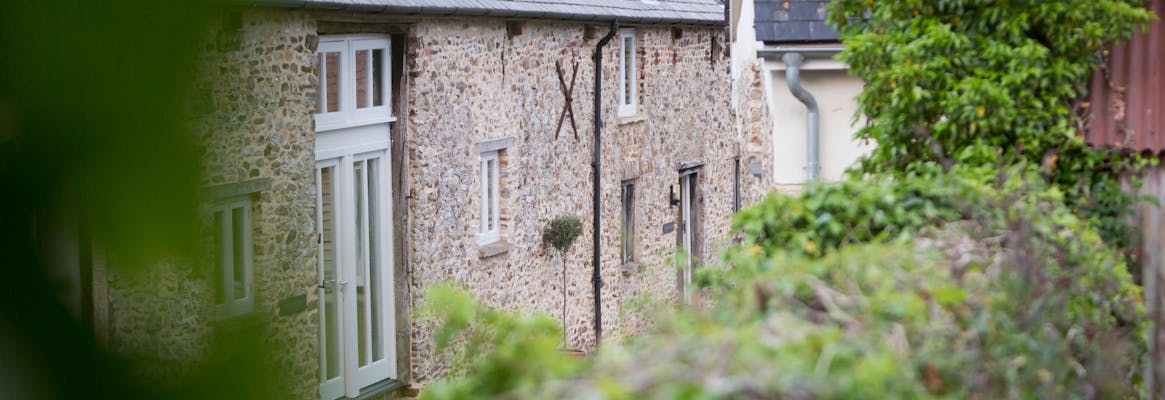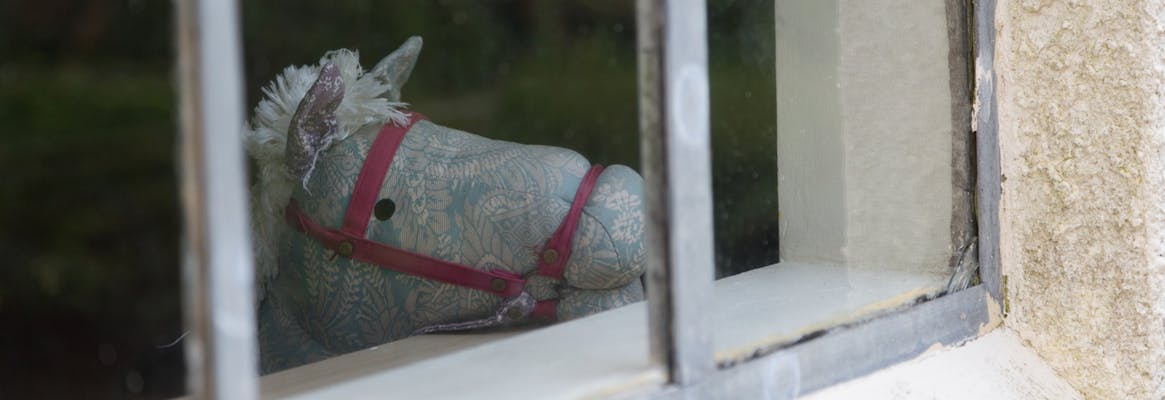Lulworth Crumple and Stair Hole, Wareham, Dorset
A lot of people when they go to Lulworth Cove don’t even give Lulworth Crumple and Stair Hole a thought, but if you go there when you’re on your group holiday in the UK, stop a moment, look at it and read the information boards. When you realise how these two features were formed, it all becomes fascinating.
The Lulworth Crumple can be seen clearly either side of Lulworth Cove; the wavy lines in the cliff face – that’s it. You often see those sedimentary layers in straightish lines in cliffs elsewhere, but this is rare.
So how did this happen? Well, without getting into a geology lesson, we’ll keep it short and simple. Over 65 million years ago, the rock beds here were all flat and lay in straight layers – until the tectonic plates that carried Europe and Africa collided, a collision of such force that it lifted massive parts of the land, forming huge mountain ranges like the Alps and the Pyrenees. The shock waves rippled far and wide, pushing rocks together and heaving up small hills. That’s what happened here, hence the folds you can now see.
Stair Hole was created at the same time and further exposed by millions of years of coastal erosion, which continues to form its different features - the blow holes, the caves, arches, stacks and stumps. It’s likely that eventually, this will become another cove, like Lulworth.
Told you it was fascinating.
All information correct at the time of writing






